Thermocouple sensor is a key component for temperature measurement based on thermoelectric effect. Its working principle is essentially to convert thermal energy into electrical energy and infer temperature changes by measuring thermoelectric potential.
The core principle of thermocouple is Seebeck effect, that is, when two conductor (or semiconductor) materials of different compositions are in a closed loop, if there is a temperature difference between the two ends, thermoelectric potential will be generated in the loop. Specifically, when the measuring end and the reference end of the thermocouple are at different temperatures, due to the difference in electron density inside the material, the free electrons at the high temperature end will diffuse to the low temperature end, forming a potential difference. This potential difference consists of two parts: contact electromotive force and temperature difference electromotive force, of which contact electromotive force plays a dominant role.
In practical applications, the two electrodes of the thermocouple are welded to form the measuring end and placed in the measured temperature field; the other end is used as the reference end, which is usually connected to a temperature-stable environment or compensation circuit. When there is a temperature difference between the hot end and the cold end, the magnitude of the thermoelectric potential generated in the loop is a function of the temperature difference between the two ends. Thermocouples convert temperature differences into electrical signals through the thermoelectric effect. Combined with cold-end compensation, material optimization and signal conditioning technology, they have become one of the core devices in the field of temperature sensing.

 English
English русский
русский 简体中文
简体中文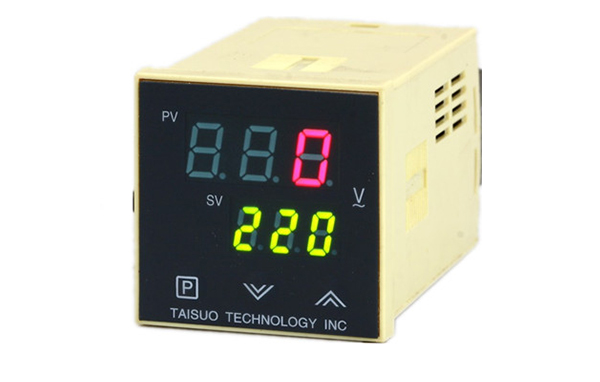
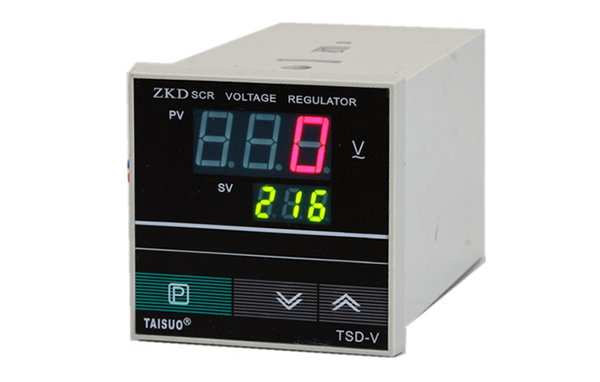
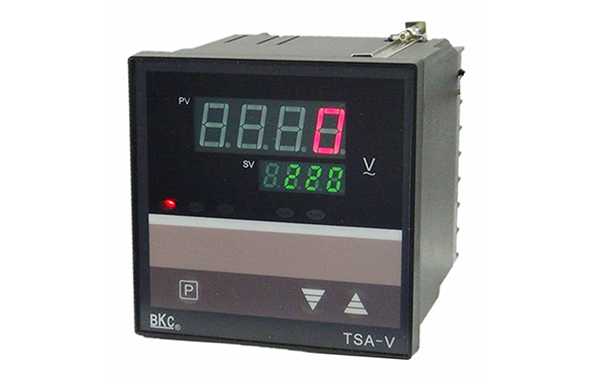
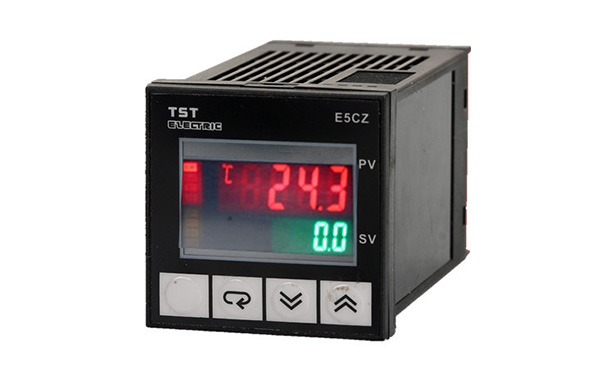
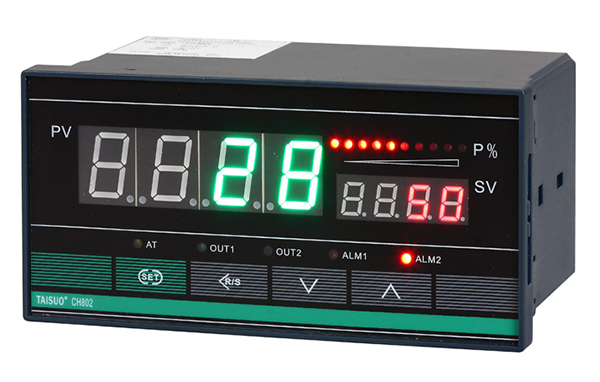
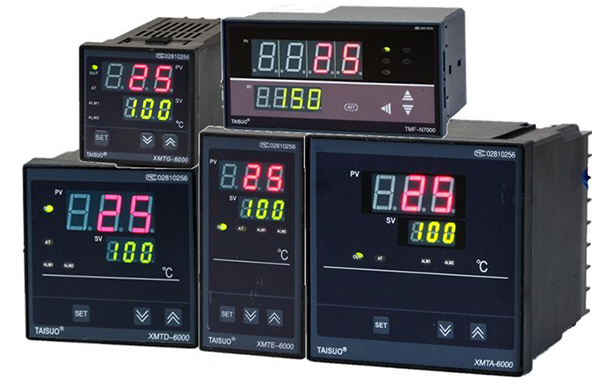
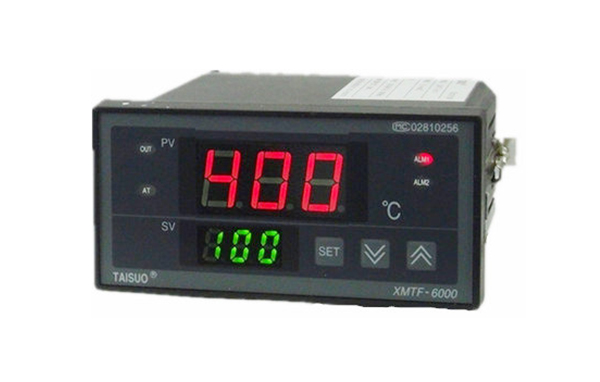
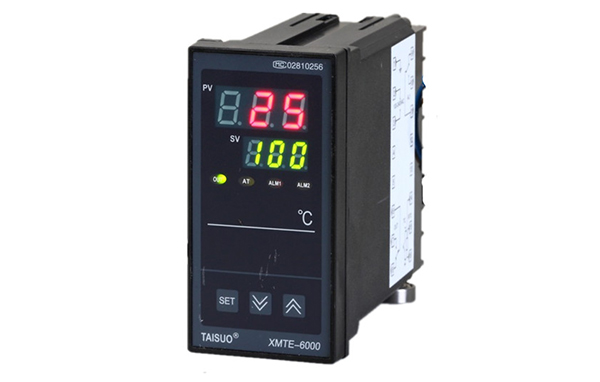
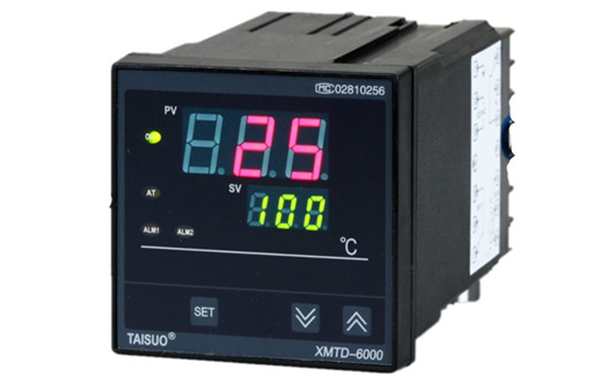
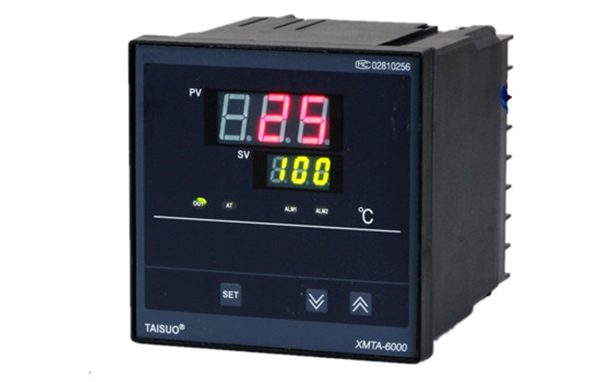
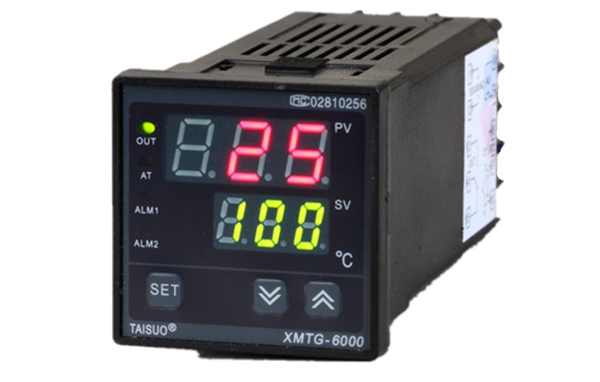
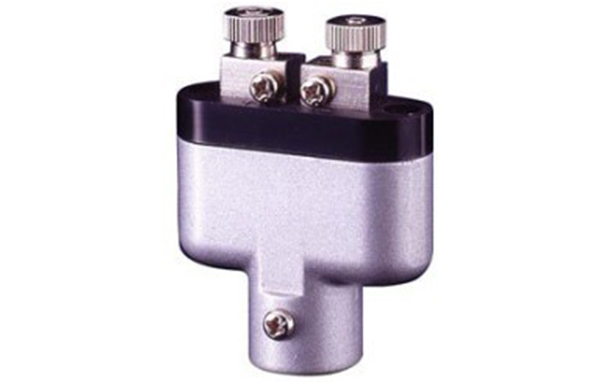

 Ins: tai_suo
Ins: tai_suo

